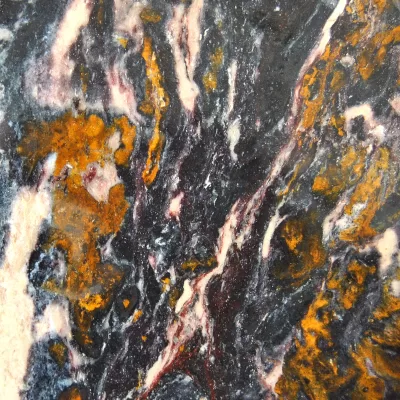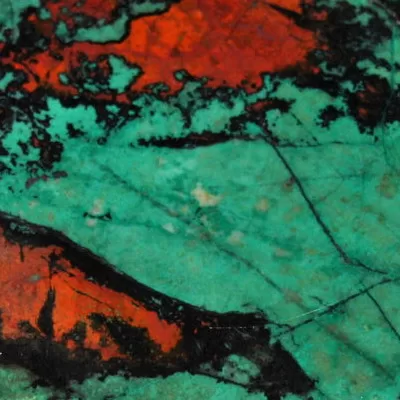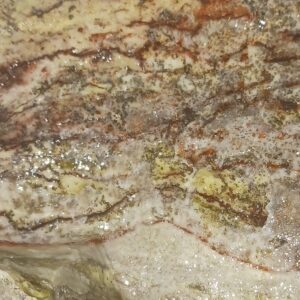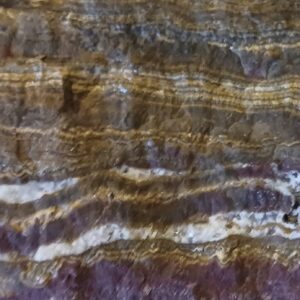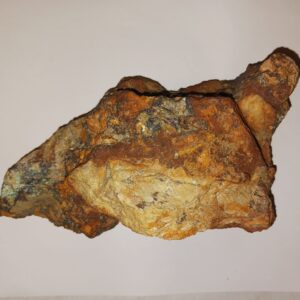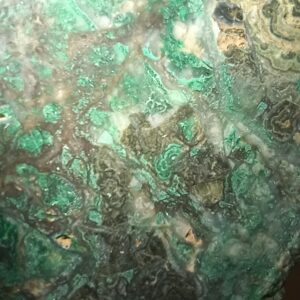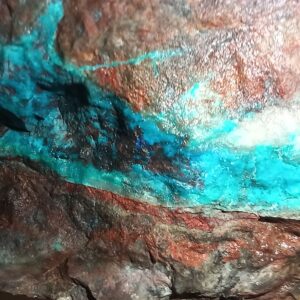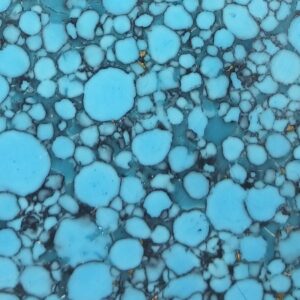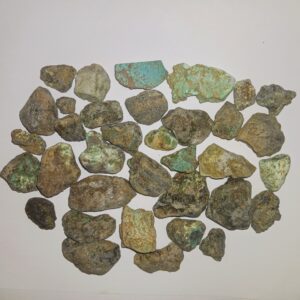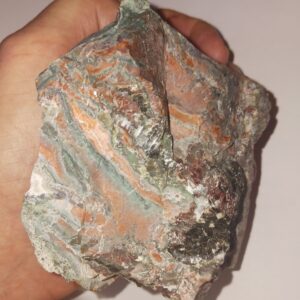This website was developed to catalog our lapidary slab inventory; we do not currently offer slabs for sale. New slabs are continually added as they become available.
Main Categories
What are lapidary slabs?
Unpolished slabs of rock or minerals, referred to as lapidary slabs, are employed for lapidary projects such as cabochon creation, carving, tumbling, faceting, napping, and other stonework, and may be polished for display purposes.
Slab Thickness
The standard thickness for cutting slabs is approximately 1/4, however, they may be cut to varying thicknesses depending on the desired outcome.
Cutting slabs thinner reduces the final cabochon’s thickness, ideal for earrings or pendants where weight is a factor.
Thicker slabs are occasionally cut to create a cabochon with an exceptionally high dome, especially useful for translucent materials to permit ample light penetration.
Why Purchase Lapidary Slabs?
Expense of Cutting Slabs
Acquiring slabs offers several benefits over purchasing rough materials and cutting them oneself, as lapidary equipment, including saws and blades, can be costly, with saws ranging into the thousands and blades reaching hundreds of dollars.
For tasks like cabbing, napping, or carving, small trim saws provide an affordable means to cut slabs into specific shapes, although they are not suited for cutting slabs.
Financial Risk of Cutting Slabs
Buying slabs minimizes the risk of purchasing low-quality or unusable material since cutting enables a more accurate assessment of the stone’s color and pattern.
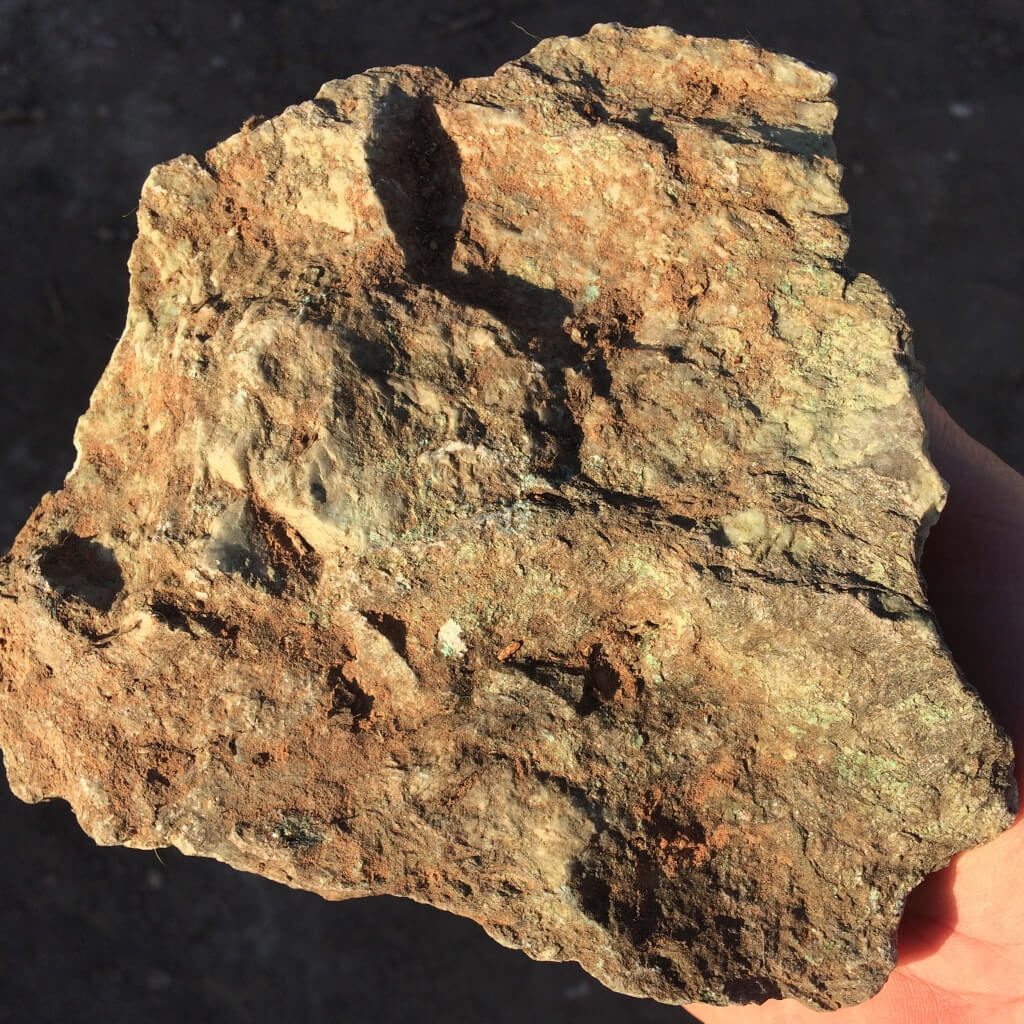
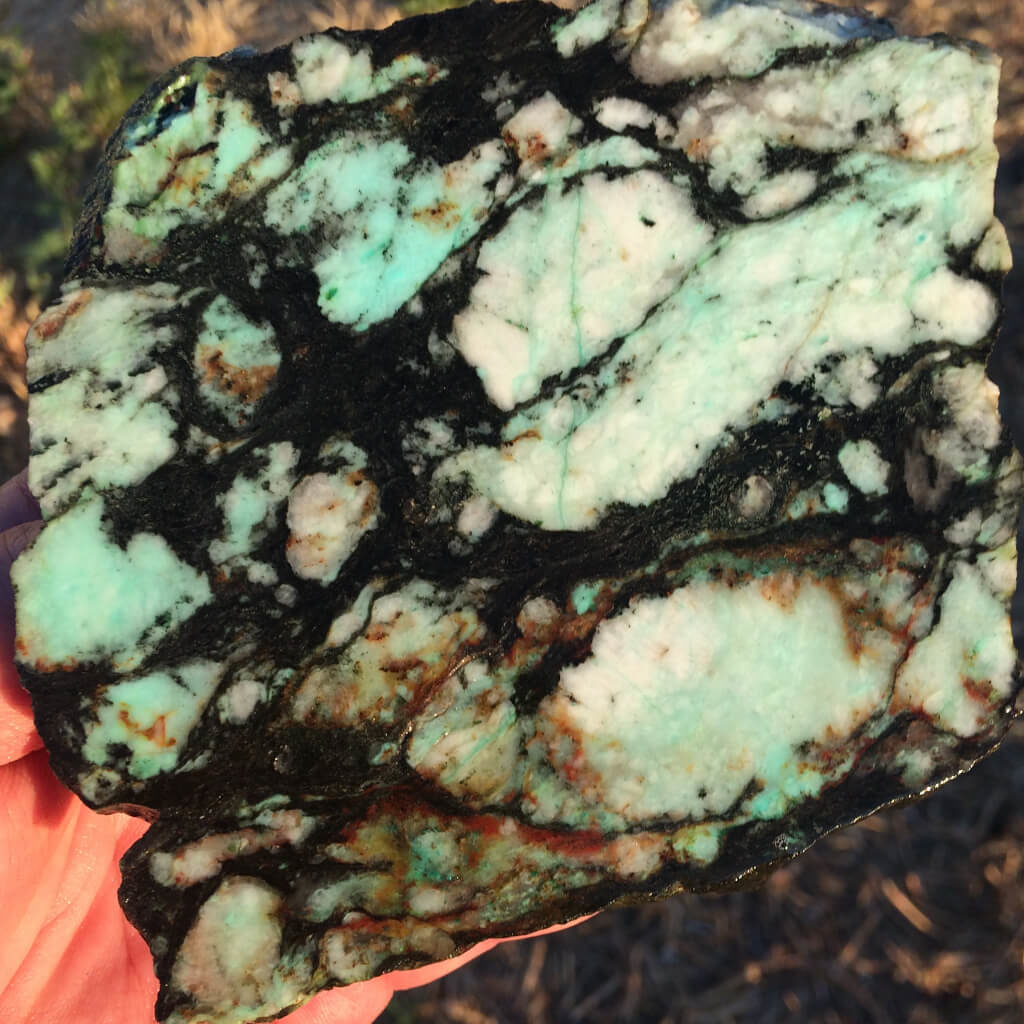
Loss When Cutting Slabs
Purchasing slabs results in reduced waste, as the stone lost during each saw pass corresponds to the blade’s thickness. Additionally, imperfections, cracks, and difficult-to-cut areas like ends contribute to further losses.
The apparent desirability of lapidary rough may be misleading, as it may prove to be worthless once cut into slabs due to flaws like pitting, soft pockets, or poor colors or patterns.
As a result of the reduced risk and loss in the cutting process, slabs can cost over ten times more than lapidary rough, and particularly exceptional slabs may be priced substantially higher, if they are put up for sale.


